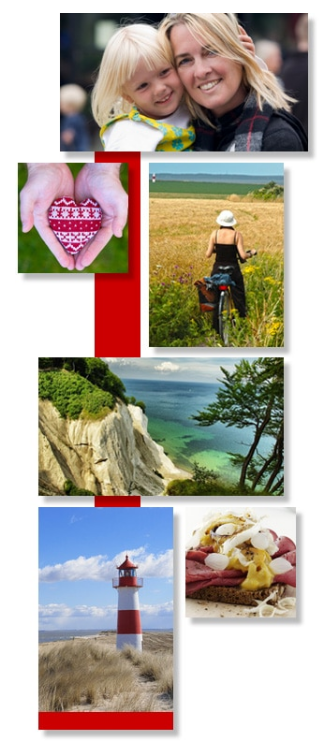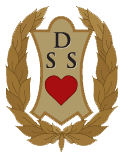Title or Question
Describe the item or answer the question so that site visitors who are interested get more information. You can emphasize this text with bullets, italics or bold, and add links.Title or Question
Describe the item or answer the question so that site visitors who are interested get more information. You can emphasize this text with bullets, italics or bold, and add links.Title or Question
Describe the item or answer the question so that site visitors who are interested get more information. You can emphasize this text with bullets, italics or bold, and add links.
Geneaology: Tracking Your Danish Roots
GENEALOGICAL OVERVIEW
Many people have a great interest in their Danish heritage and roots. This interest leads many people to join the Danish Sisterhood of America to learn about this wonderful culture that we share as Viking descendants. Our members are often inspired at some point to trace their Danish heritage to find out where in Denmark their family is from, to find out when and why they might have immigrated, and to connect themselves with their rich family history and sometimes even long-lost relatives in Denmark. This is completely understandable; Denmark is made of hundreds of islands with unique subcultures and histories unto themselves, making each family’s story very unique. Though it can take some time and some research, genealogy, even for the novice, can be accessible and attainable for most.
Denmark is the smallest of the Scandinavian nations, but our people have a long and well-documented history. We are lucky that with modern technology a lot of information is available at your fingertips online. Though the Danish Sisterhood of America does not offer professional genealogical research services, we can share with you how to begin tracing your Danish heritage and online resources to assist you in your search.

